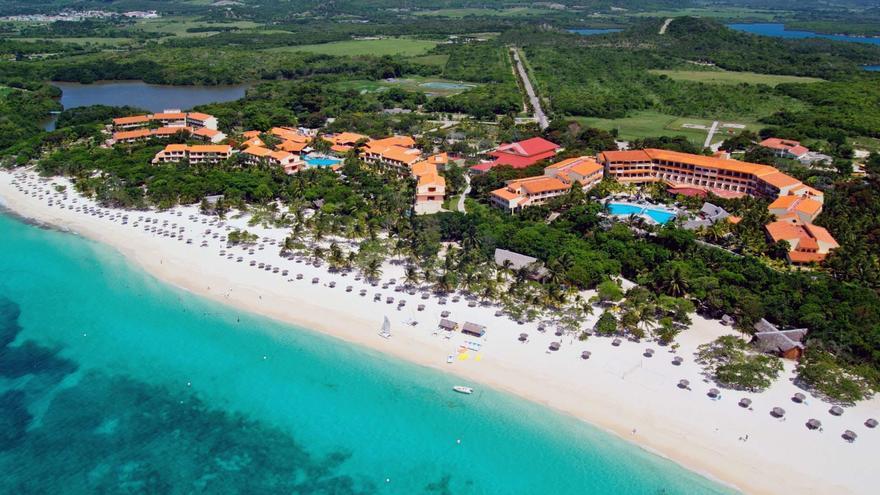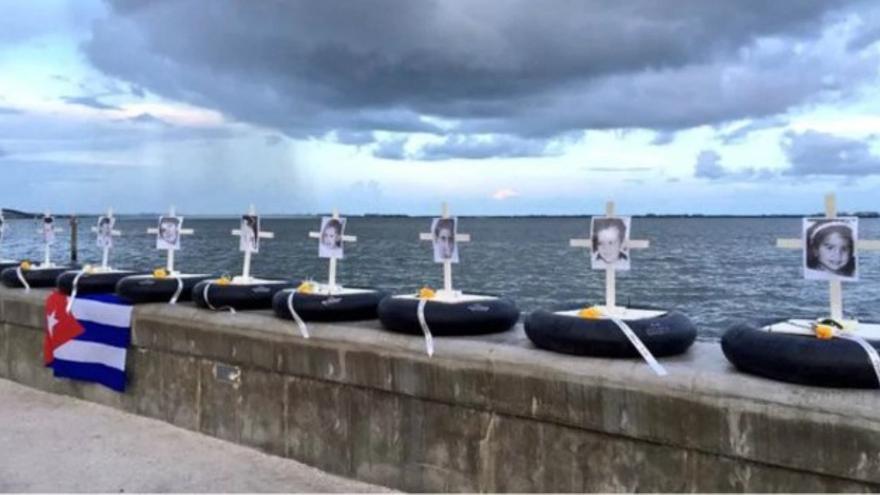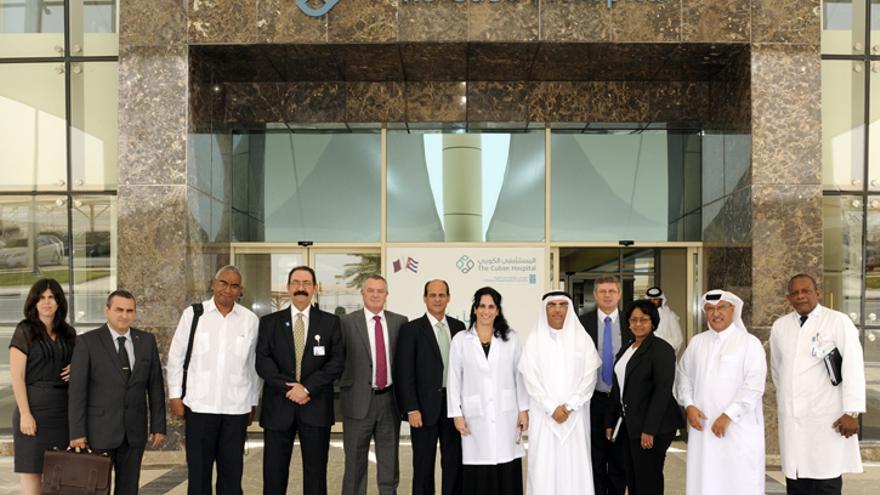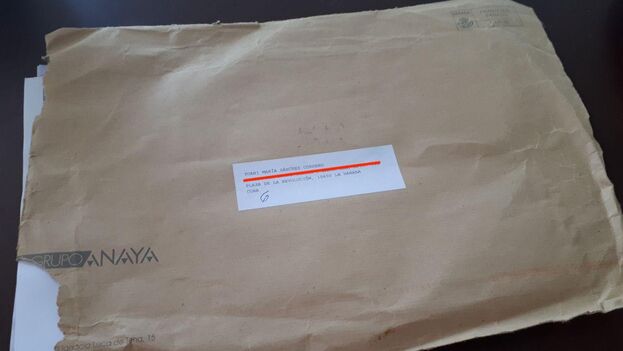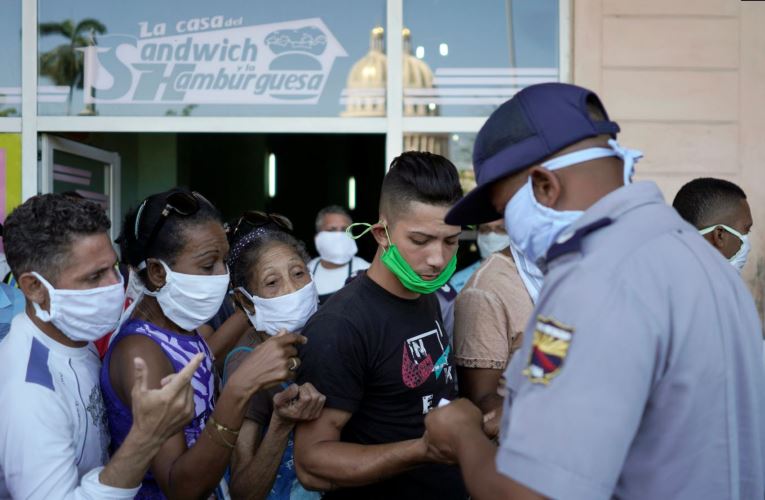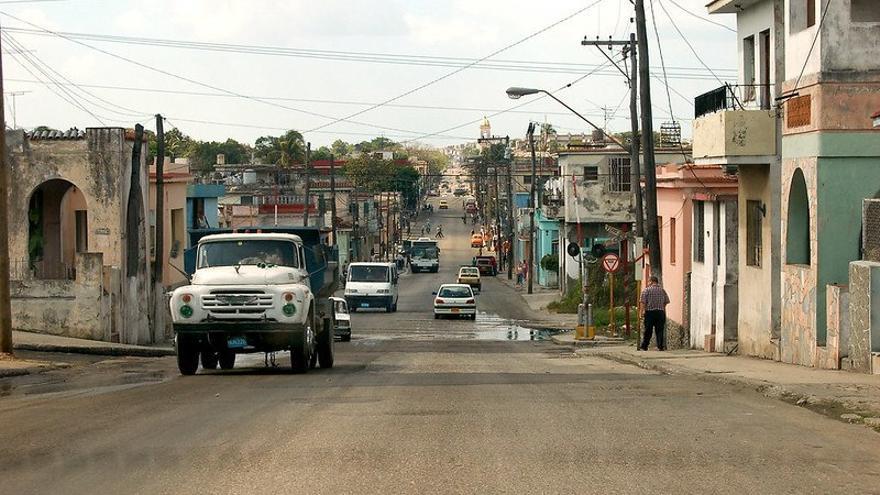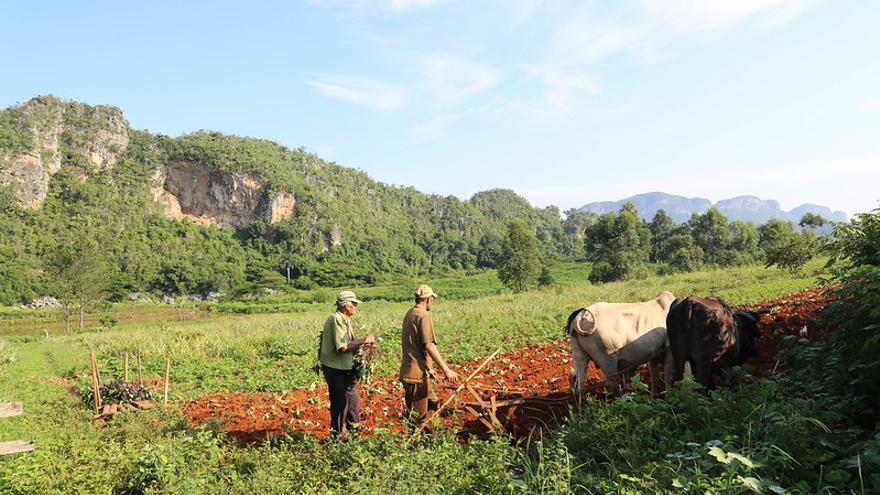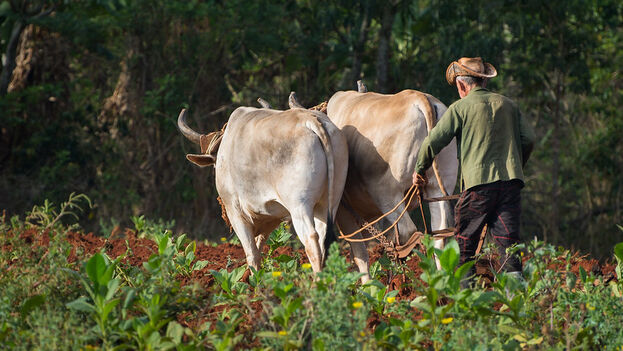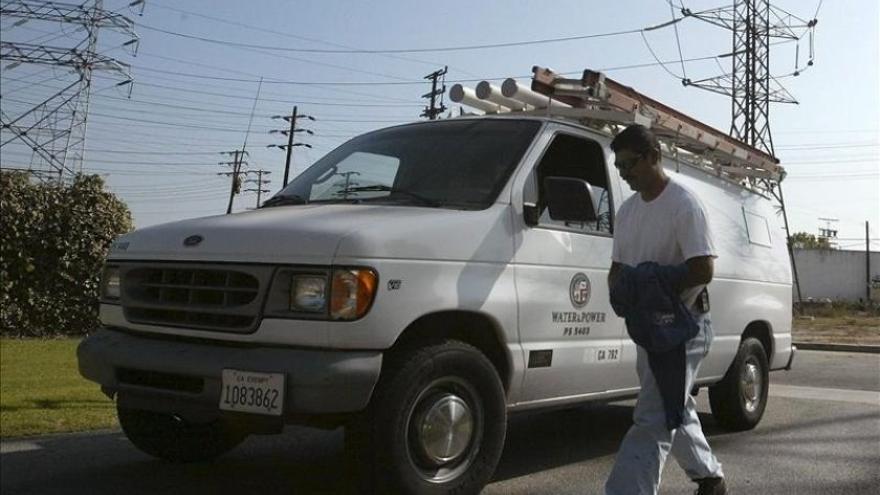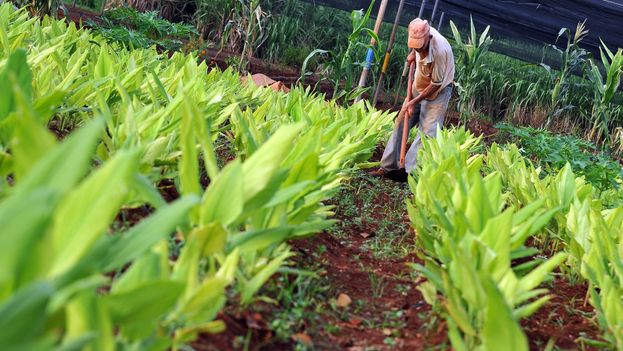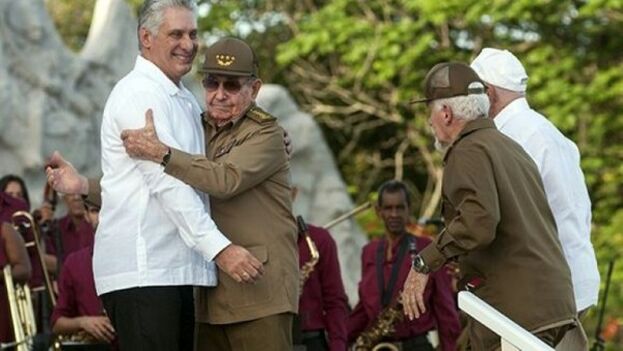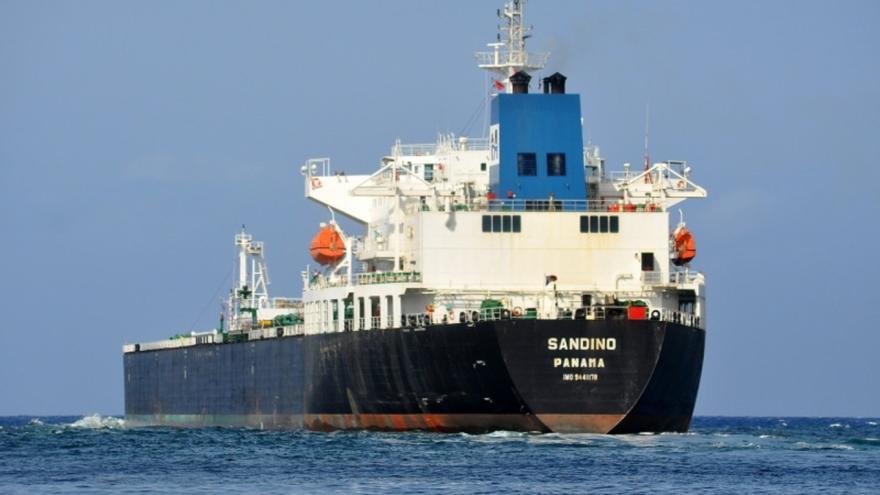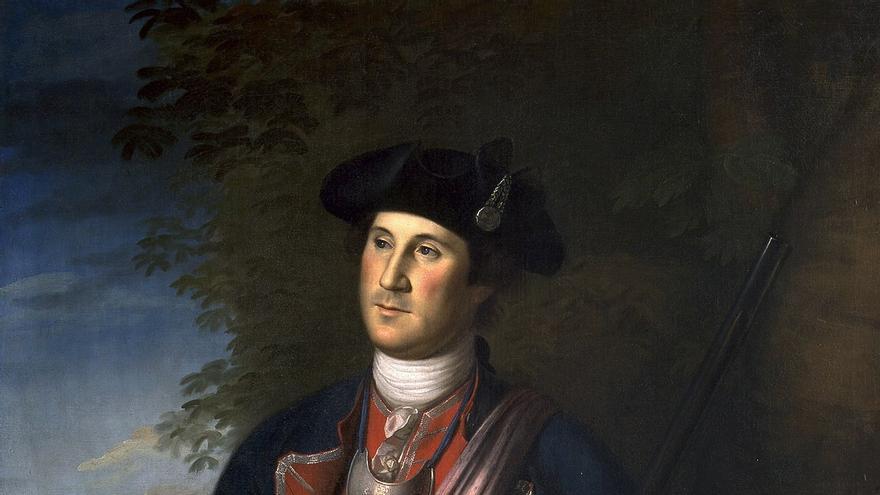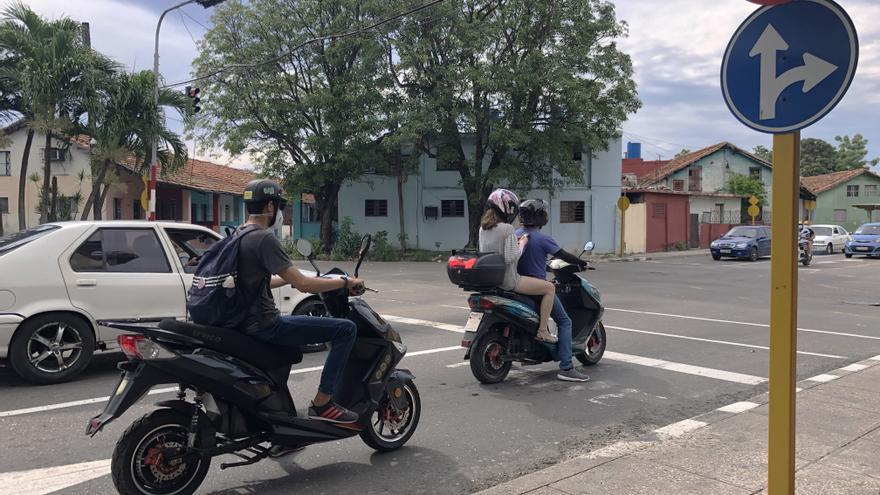The article reports the testimony of three professionals who worked in the modern installations of the Cuban Hospital in Dukhan, 80 kilometers west of Doha. The health workers relate the story of their flight, “worthy of a Cold War spy movie”, says the text, in which the anonymity of those interviewed is preserved in order to avoid possible reprisals.
“I remember I was very afraid of being discovered. I dressed like an Arab. I put on a tunic and a scarf. I had to disguise myself every time I visited the U.S. Embassy in Qatar,” said Yadira, a young nurse who escaped from the official mission and now lives in the United States. continue reading
The Cuban Hospital in Qatar, inaugurated in 2012, is considered “the jewel in the crown of the international Cuban medical missions”, a prosperous business managed by the Company for Cuban Medical Services. Yadira worked for more than two years in the installation and remembers the control over the Cuban staff.
“I’ve always been a rebel, and it’s very difficult for me to follow orders I don’t find logical. Some people accept certain things; others, no. They wouldn’t let me get married. There were many reasons why I didn’t feel free to choose,” she explains. “I had time to prepare my flight; I trained myself mentally and avoided doing anything that could give me away.”
Alexis, another nurse who served in the hospital for more than three years, shares similar experiences. “The pressures start when you arrive. In the airport, before saying hello, they take your passport and make you know that all your movements will be controlled. They make you aware that you are simply a chess piece and that you will be moved as they choose.”
Qatari Government sources insist that the hospital center is a private organization, but the lack of transparency even involves the amount of money that Cuba receives for each professional. “They never told us how much the Corporation was paying for each one of us. Unofficially it was said that they were paying 13,200 euros monthly for each nurse. We were receiving a monthly salary of 1,000 dollars,” comments Alexis.
The location of the hospital, in a zone with very high temperatures the whole year, near the main gas and oil field of Qatar Petroleum, also favors control over the personnel. “It seemed incredible how in the middle of a desert there could have been something so amazing. It had technology that I couldn’t even imagine existed,” admits Rolando, another of the nurses who escaped from the Cuban mission.
The three health workers benefited from the parole program for medical professionals created by the U.S. in 2006, which was in force for more than a decade. “I had to go several times to present documents and tests that showed my identity. And yes, that was very stressful. I had to go disguised to the appointments. If they found out what I wanted to do, they surely would have sent me back to Cuba,” remembers Rolando.
“After some months they advised me that my request had been approved. But as I didn’t have my passport, I had to wait until I could take my vacation in Cuba. Once in Holland, with a visa in hand, I could buy a ticket for Miami,” he says.
The fear of reprisals if the authorities detected their intentions obliged the workers to sharpen their wits. “A short time after arriving at the hospital, the abandonments began. They started by going to Europe and the U.S. The pressure on us grew. We had to attend weekly meetings and listen to constant political harangues. There were people dedicated to controlling us,” says Alexis.
“At the peak of the exits, two or three professionals were deserting every 15 days. Around 40 people left, and there would have been much more if the program hadn’t been abolished in 2017,” commented the nurse, who also had to resort to dissimulation to avoid the possible presence of snitches.
After making contact with the U.S. Consulate in Qatar, Alexis acquired the traditional attire of Qatari men—a thawb, the white tunic, and a ghutra, the scarf—to go to his meetings in the embassy.
“Through a fake email account I made contact with the Embassy. It’s very complicated because the Cuban personnel in Qatar are isolated in the desert, and the Government of Cuba is interested in keeping them there. They have control over your movements, they know when you go out and the hours you do. You have no right to take private transport and can only travel in buses to specific places and at concrete times,” he relates.
“It was hard to make appointments at the Embassy when you supposedly were going somewhere in Doha to buy something and to leave from there disguised as an Arab to go to the Embassy, with the fear that they were photographing you and that someone might see you,” Alexis says.
“I made four visits to the U.S. Embassy, all incognito, with my cell phone turned off and a very high stress level. I used parasols, caps and everything that could keep someone from recognizing me. The Embassy is about 300 meters away from a highway, in a flat space where there’s nothing. You have to cross it and it’s said there are people from Cuban State Security taking photos of everyone who enters and leaves.”
The “deserters”, as the official Cuban propaganda calls them, are punished with being prohibited from entering the Island for a minimum period of eight years, the loss of their professional accreditation and family separation, but even so the escapes continue. “There was a psychological shock. Everyone was speculating, jokingly, about who would be the next to abandon the mission,” says Alexis.
“There were previous cases that didn’t turn out well, and you had to have a plan B and C. The consul escorted me on the return trip to Cuba. The layover in Holland offered me the opportunity to do what I had to do to escape. It was a hard decision, because since then, I haven’t been able to hug my family,” remembers Yadira.
The coronavirus, with infection rates going up on the Arabian Peninsula, has been converted into a buoyant economic opportunity for the battered economy of the Island. To the 300 professional health workers who recently landed in Kuwait are added almost 200 of the Henry Reeve contingent who were working in a field hospital in the Industrial Zone of Doha.
“We were isolated in a golden cage, and we couldn’t drink alcohol or eat pork, which in Qatar is a right for foreigners who can get a license to buy them. They weren’t letting us do so many things and there wasn’t much we could do,” Alexis concludes bitterly.
Translated by Regina Anavy
_______________
COLLABORATE WITH OUR WORK: The 14ymedio team is committed to practicing serious journalism that reflects Cuba’s reality in all its depth. Thank you for joining us on this long journey. We invite you to continue supporting us by becoming a member of 14ymedio now. Together we can continue transforming journalism in Cuba.
